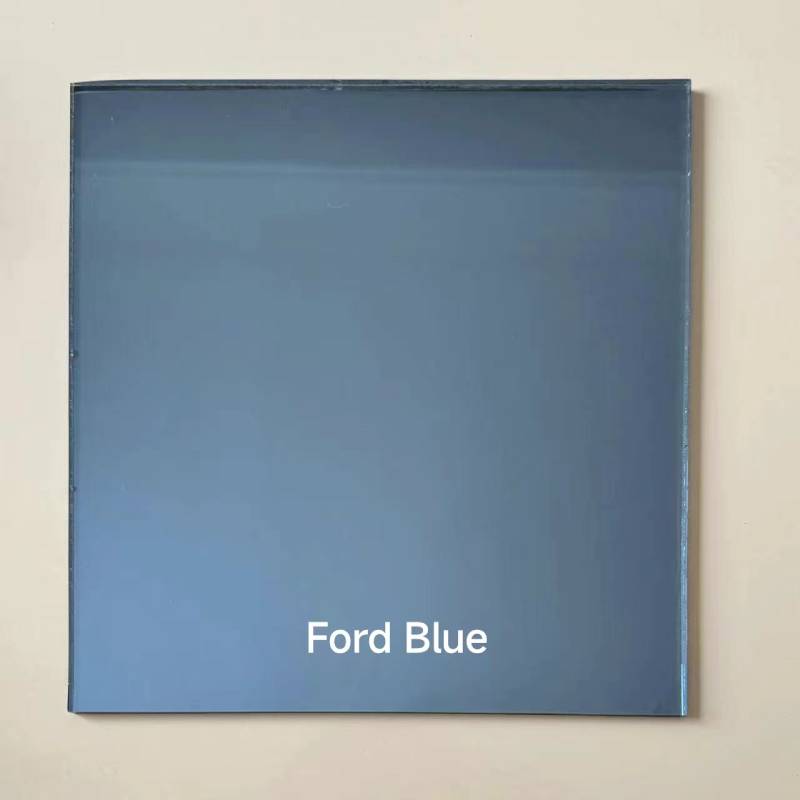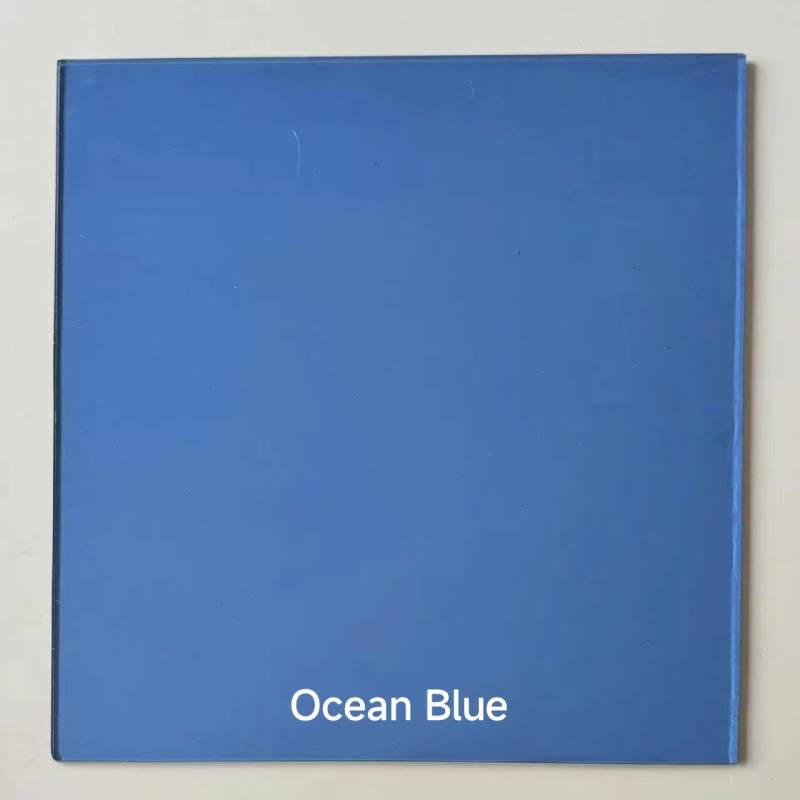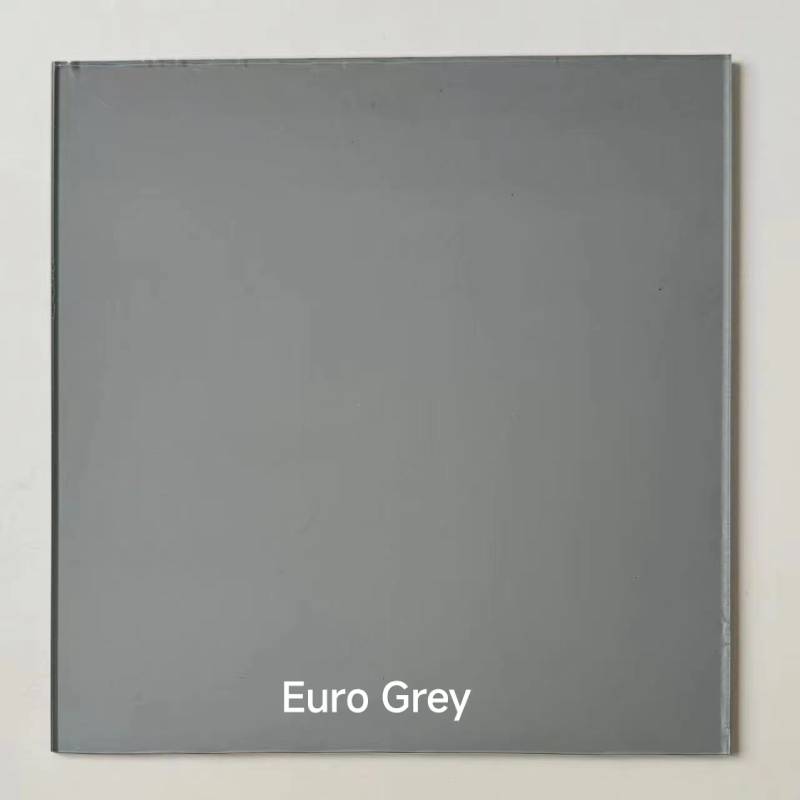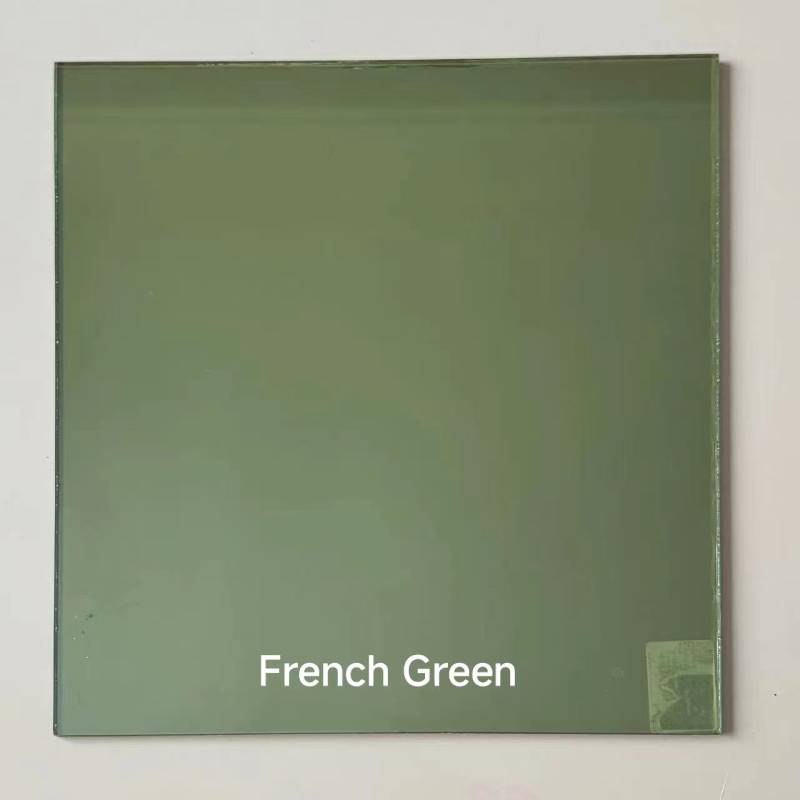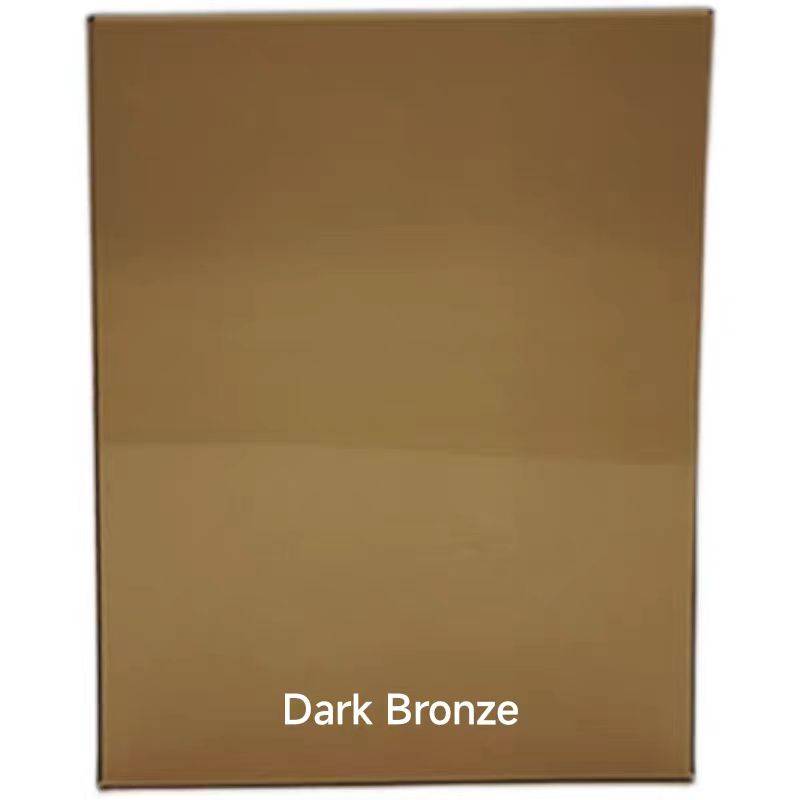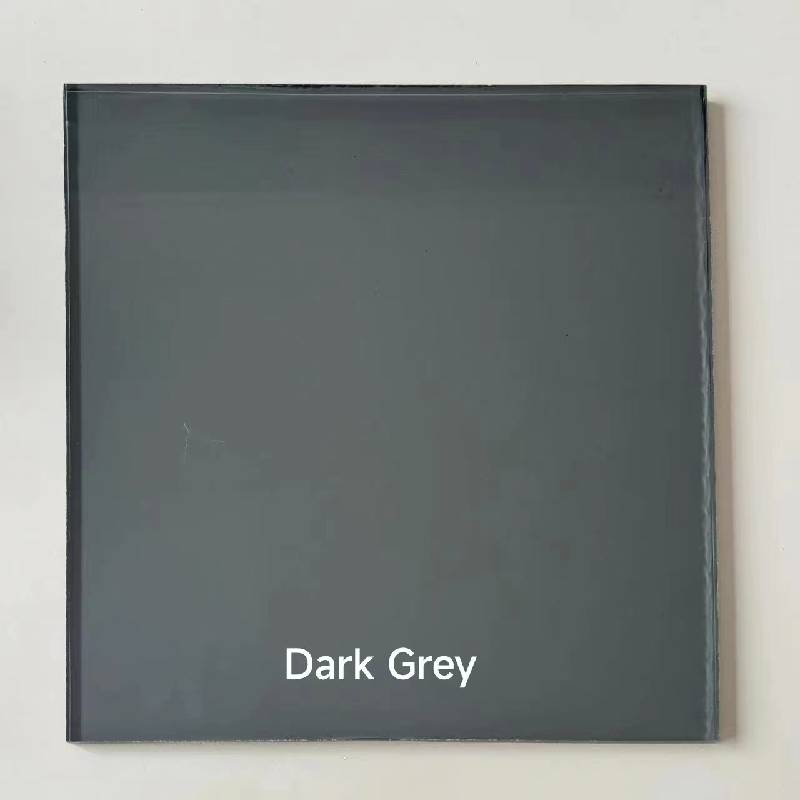Discover the diversity, technical parameters, and application scenarios of types of tinted glass, from building facades to automotive design. Explore product solutions from Shahe Top Glass CO.,LTD., a leading manufacturer and innovator in tinted glass technology.
Tinted Glass from Shahe Top Glass CO.,LTD.
Tinted glass is a sophisticated product engineered with special coatings, pigments, or coloration during the melting process. Its core purposes lie in minimizing glare, controlling solar energy transmission, and significantly enhancing architectural or automotive aesthetics. The evolving types of tinted glass now redefine energy efficiency and privacy for many industries.
Key Features: Available in thicknesses 3mm–12mm. Common sizes: 3300×2140mm, 3660×2140mm, 3300×2250mm, and more. Ideal for large-scale facades, windows, and customized installations. Learn more about types of tinted glass.
Navigating Industry Trends: The Expanding Universe of Types of Tinted Glass
Driven by climate responsiveness, smart building concepts, and sustainability, the types of tinted glass supplied by Shahe Top Glass CO.,LTD. are increasingly being utilized in contemporary architectural, automotive, and interior design projects. Market research from Glassonweb forecasts a significant CAGR for the global tinted glass market, thanks to smart tints, improved coatings, and eco-friendly processes (see source).
- Smart and switchable tints for dynamic light control
- Enhanced UV blocking for health and material protection
- Broadened color options, e.g., black tinted glass, blue tinted glass, bronze tinted glass
- Emphasis on energy savings and building certifications (LEED, BREEAM)
Read more: Global Tinted Glass Market 2023: Future Trends
Types of Tinted Glass: Main Technical Parameters
| Type |
Color |
Light Transmittance (%) |
Thickness (mm) |
Solar Energy Absorbance (%) |
UV Blocking |
Typical Use |
| Standard Tinted Float Glass |
Grey, Bronze, Green, Blue |
10–70 |
3–12 |
20–70 |
Up to 60% |
Building exteriors/windows, automotive |
| Black Tinted Glass |
Black |
10–30 |
4–12 |
50–80 |
Up to 80% |
Privacy windows, decorative, security |
| Blue Tinted Glass |
Blue |
20–60 |
3–10 |
35–60 |
Up to 65% |
Architectural facades, automotive |
| Bronze Tinted Glass |
Bronze |
15–50 |
4–10 |
40–65 |
Up to 60% |
Decorative, energy-saving windows |
| Reflective Tinted Glass |
Silver, Grey, Blue |
20–40 |
4–12 |
50–80 |
Up to 85% |
Skyscraper facades, urban design |
Types of Tinted Glass: Technology Parameter Trends & Comparative Data
Key Application Scenarios for Types of Tinted Glass
- Commercial & Residential Architecture: Glazed facades, office windows, shopping centre atriums, curtain walls using types of tinted glass for design and comfort
- Automotive Sector: Car side windows, windscreens, sunroofs—privacy, glare reduction, style
- Interior Decoration: Partitions, balustrades, tabletops, and furnishings incorporating aesthetic or privacy-tuned tinted glass for sale
- Solar Control Installations: Skylights, shading panels, greenhouses using bronze tinted glass or blue tinted glass for optimal climate effects
- Public Infrastructure: Airports, hospitals, railway stations utilizing types of tinted glass to balance security and energy
The selection of types of tinted glass depends on project-specific solar performance, aesthetic goals, and building code requirements.
Expert FAQ — Types of Tinted Glass Glossary
- 1. What materials are used for tinted glass production?
- Tinted glass is primarily made from soda-lime-silica float glass with the addition of metallic oxides or coloring agents during the process to achieve various tints and solar properties.
- 2. What are the typical specifications available for tinted glass for sale?
-
Offered thicknesses are 3mm, 4mm, 5mm, 6mm, 8mm, 10mm, 12mm. Standard sizes include 3300×2140mm, 3660×2140mm, and custom options—all delivered by Shahe Top Glass CO.,LTD..
- 3. How are color and tint selected for architectural projects?
- Selection is based on solar energy performance, building orientation, privacy needs, and design intent. Popular choices include black tinted glass for privacy, blue tinted glass for cool tones, and bronze tinted glass for warm ambiance.
- 4. Which technical standards apply to the installation of types of tinted glass?
-
Compliance with EN12150 (tempered glass), EN410 (light/solar properties), and relevant local building codes is essential for structural safety and performance assurance.
- 5. What is light transmittance, and why is it significant?
- Light transmittance (LT) denotes the percentage of visible daylight passing through the glass. Lower LT offers more privacy, while higher LT preserves daylight and views.
- 6. How can tinted glass improve energy efficiency?
- Through selective tint levels and solar-absorbing ceramics or coatings, types of tinted glass minimize cooling loads and save energy in high-sunlight zones.
- 7. What are the recommended cleaning and maintenance practices for tinted glass?
- Use neutral-pH glass cleaners and non-abrasive cloths. Avoid harsh chemicals for products with coatings or reflective surfaces. Regular inspection helps sustain longevity and visual quality.
Optimize Your Project with Certified Types of Tinted Glass
Selecting the right types of tinted glass enhances not only the visual aesthetics but also the energy efficiency and occupant comfort of your buildings. Shahe Top Glass CO.,LTD. provides customized solutions for architectural, automotive, and interior requirements—delivering tinted glass for sale in a spectrum of shades, including black tinted glass, blue tinted glass, and bronze tinted glass.
- Expert engineering support and detailed technical data sheets for each glass type
- Consistent quality control and compliance with global standards
- Fast delivery worldwide and tailored logistics solutions
For quotes, technical advice, or to request samples of types of tinted glass, contact:
Email: eoch@shtopglass.com |
Phone: +8618686009698


